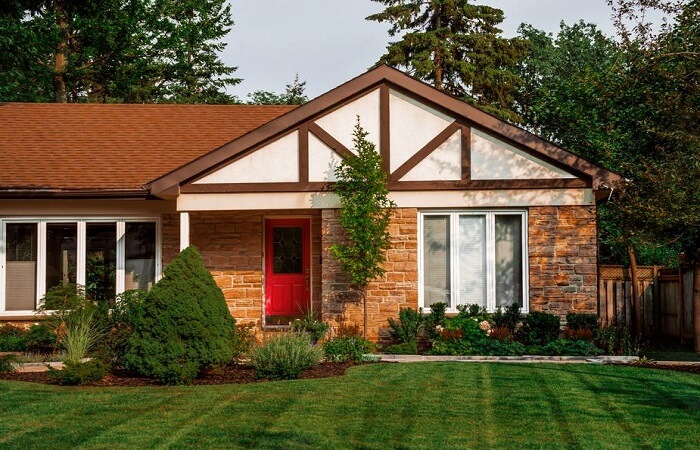
Some homeowners never consider water damage prevention until the moment when they see their belongings wet or floating around the house. It is a nightmarish scene, and for some reason, we tend to believe that accidents like these always happen to someone else. Knowing that every home with the plumbing system is at risk of water damage can be a real eye-opener, especially in high-humidity and heavy rainfall areas. To avoid this costly and nerve-wracking scenario, here is the list of useful tips on how to protect your home from one of the most common household disasters.
Inspect your home
Take a walk around your home and look for any signs of moist or leak. Inspect floors, walls, and ceiling and notice if there is any change in shape or color. Pay attention to areas around pipes and faucets and thoroughly inspect the bathroom and basement. Do not ignore any changes you see, for it can only get worse. The trouble with water is that it never goes away on its own. Also, keep in mind that insurance will not cover damage caused by poor maintenance or negligence.
Locate main water shut off valve
It is of great importance to know where you can turn off the water supply to your home in case something goes wrong. The damaged pipe can make an instant flood, so being able to react quickly will save you money and time. If you plan to leave your home for an extended amount of time, make sure to turn off the water supply, since a great number of accidents happens during homeowners absence. When there is no water in the house, there is no risk of water damage.
Check appliances
Beside obvious risky spots, keep in mind that some appliances can also cause leakage. Regularly check on the dishwasher, washing machine and refrigerator to see if there everything is in good condition. Maintain appliances according to the instruction manual and replace hoses and washes every couple of years. It is a small investment, but quite a necessary one since time takes its toll on everything, and it is a matter of time when they might crack.
Check water pressure in your home
One of the common reasons why hoses and pipes get damaged is high water pressure. To find out how high is it, get a water pressure gauge and measure it on an outside faucet. Depending on where you live, average residential water pressure may vary, but it shouldn’t exceed 70 psi (or 500 kPa). If it does, make sure to get a pressure regulator that will keep your pipes and hoses safe from bursting.
Check the roof
Climb up in the attic and see if there is a sign of leak during rainy weather. Fix the roof, replace damaged shingles and make sure to check out gutters and downspouts. It is a regular maintenance task since a lot of dirt, debris, and water can get trapped in the gutters, which requires continuous cleaning. Clogged gutters and downspouts can send water down to the foundation and cause various problems, from indoor flood to serious structural damage to your home.
Learn how to unclog pipes
Every once in a while pipes get clogged, whether in a bathroom or kitchen. Most homeowners tend to use some heavy chemical cleaners to remove the blockage, but there is a great risk of damaging the pipes. Instead of chemicals, make use of the inexpensive but most effective tool for unclogging – drain snake. It will break clog and clean out any drain without causing further damage.
Make your home waterproof
A sure way to prevent any leak is to waterproof your home. Although this cannot be a DIY project, it is an investment that will keep your home safe and dry. It is highly recommendable to consult professionals as they will make an assessment, determine weak spots in your home and make necessary adjustments according to standards for the specific area. For instance, waterproofing in Sydney requires that technology and products comply with Australian Waterproof Institution since there is the highest UV index in the southern hemisphere.
Do some landscaping
Although greenery is lovely, it can be quite risky if the trees are to close to utility pipes. Some trees develop massive and strong roots that can damage water lines around your house, including drainage field and septic tanks. Make sure to cut down and remove trees and shrubs that have become a threat and plan before you plant again. Keep plants at the safe distance from your home foundation and pipes.
Play safe
The possibility of water damage is almost certain, so it is best to act as if you are expecting it. Get an insurance policy, but make sure to look for an insurance company that offers coverage for different types of water damage. For example, some policies will cover rainfall but will not cover for sewer backup.
Conclusion
Prevention is half the battle, so be meticulous regarding maintenance. Well-maintained home is a safe place to be, so take these tips into account and keep your home dry.
